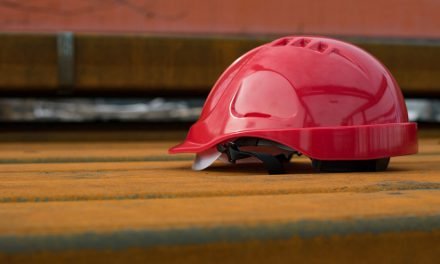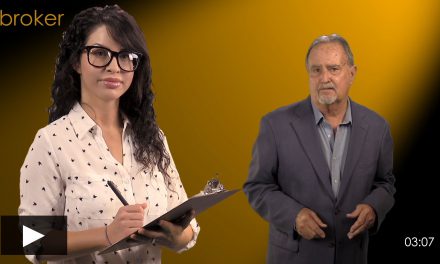What is a fixture?
A fixture is personal property which has become permanently attached to real estate. As it is permanently attached, it effectively becomes part of the real estate and is conveyed with it. [CC §660]
Factors which determine whether an item is a fixture or removeable improvement include:
- manner of attachment;
- agreement between the parties;
- relationship of the parties;
- intention of the parties; and
- adaptability of attachment to the real estate’s use. [San Diego Trust & Savings Bank San Diego County (1940) 16 C2d 142]
These factors can be memorized using the mnemonic device MARIA.
The most important factor when determining whether an item is a fixture or removable improvement is the intent of the parties.
Intent to make an item a permanent part of the real estate as a fixture is determined by:
- the manner of attachment; and
- the use and purpose of the item in dispute.
For example, when an item is attached to real estate by bolts, screws, cement or the like, the item is a fixture and part of the real estate. An item need not be attached to the real estate in this manner to be a fixture. Items of such weight and size that gravity maintains them in place are sufficient to give the item the character of permanence and affixation to be real estate.
Trade fixtures
Fixtures which are used to render services or make products for the trade or business of a tenant are called trade fixtures.
Trade fixtures are to be removed by the tenant on termination of the tenancy, unless agreed to the contrary with the landlord.
To be considered a trade fixture, a fixture needs to be an essential part of the tenant’s business and its removal cannot substantially damage the real estate.
Trade fixtures are considered personal property.
In the instance of a beauty salon, trade fixtures include:
- mirrors;
- dryers; and
- sink bowls and installed wash stations.
Real estate fixtures vs. trade fixtures
Consider a tenant who rents an office and builds bookshelves into the wall rather than merely anchoring them to the wall. As a result of the permanence of the bookshelves, they become part of the improvements located on the real estate.
When the lease expires, real estate fixtures are the landlord’s property, not the tenant’s who installed them. The landlord takes possession of the real estate fixtures as part of the real estate forfeited or surrendered to the landlord, unless the lease agreement provides for restoration of the property by removal of the tenant improvements by the tenant. The conveyance of real estate fixtures from tenant to landlord on expiration of the lease is called reversion.
Conversely, trade fixtures do not revert to the landlord on expiration of the lease.
A tenant may, at the end of or anytime during the lease term, remove any fixture used for trade purposes if the removal can be done without damaging the premises.
Fixtures that have become an integral part of the building’s structure due to the way they are attached or the general purpose they serve cannot be removed. Examples of fixtures which cannot be removed include toilets, air conditioners, vent conduits, sprinkler systems and lowered ceilings.
Commercial lease agreements frequently contain a provision stating the tenant is to pay all taxes levied on trade fixtures or other improvements the tenant installs on the premises during their tenancy. [See RPI 552 §5.4]














